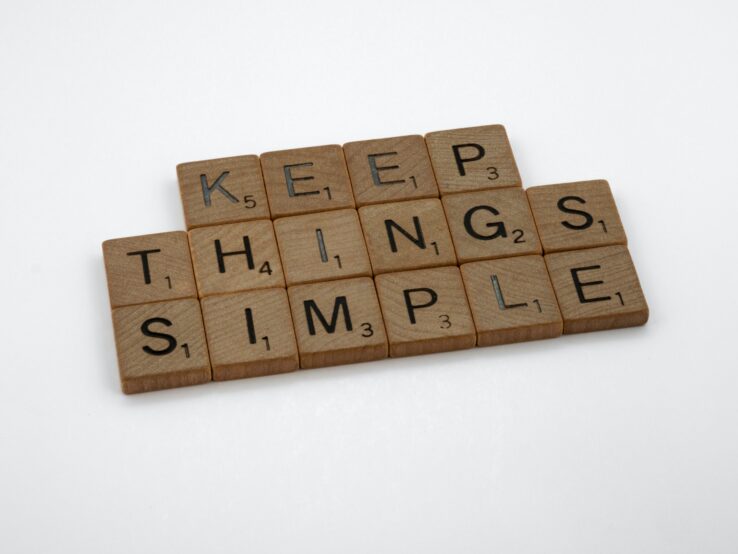While spring cleaning is hot on the radar after the last frost melts, preparing for the winter by decluttering in the fall is also advantageous. Living in a clean space and cultivating a calming oasis can help one better prepare and embrace Colorado’s most indoor-inspiring season. Here are a few simple tips for decluttering your home:
What is Clutter?
Start by defining your idea of clutter. Some people prefer a minimalist design aesthetic, where even a bookshelf would be too hectic. Others like to have shelves of personal objects or momentos displayed in common rooms to inspire conversation or fond memories. Clutter can be defined as anything you keep that doesn’t add value to your life. A junk drawer full of spare parts, a garage packed with broken sports equipment, and filing cabinets full of documents will not likely add inherent value to your day-to-day life. Instead, they will get in the way – both literally and figuratively. Determine what you personally define as clutter, then get to work.
Start with the Closets
Tidying up expert Marie Kondo suggests that her clients first empty and organize their storage spaces. Take a weekend and pull everything out of your home’s closets, piling your objects in a central location. Say goodbye to items you haven’t used in the past year by donating them to a local second-hand shop, or posting them on a free exchange site like Facebook’s Buy Nothing groups.
Move Room to Room
After your closets have been decluttered, make a plan to purge unwanted items from each room in your home. This way, you can ensure that there’s no project left unfinished. Assess each room’s items and create a donation pile, a trash pile, and a ‘maybe’ pile. After you’ve removed items you don’t want, need, or use anymore, sort through the ‘maybe’ pile with a better idea of how much spare space you have.
Use Economic Principles
This is specifically referring to ‘sunk cost’ and the ‘80/20 rule’. Sunk cost is the amount initially spent on the object that can never be recouped. Unless an item appreciates in value over time (like mid-century barware and 19th century equestrian paintings), most objects lose value the minute we buy them. Don’t keep something because of the money you spent on it years ago if it isn’t adding any value to your life now. Additionally, consider the 80/20 rule: 80% of the time we only use 20% of the items we own. This extends to clothing, cookware, decor, and the like. Separate those 20% items that you know you use frequently, then go through the rest and determine what you would like to keep.
Read About It Then Sleep On It
A mindset shift is often needed to release possessions that are no longer serving us. Our culture is one that cultivates consumption often in the form of material possessions. This can make it tricky when we’re trying to declutter, despite not wanting our home, cabinets, or closets to seem scarce. Consider reading about minimalism, like The Joy of Less, or Chasing Slow, to gain a new perspective about the things we keep close.
Waste Not & Donate Locally
Decluttering can feel wasteful because while we are ridding ourselves of belongings, we are offloading them elsewhere. Fortunately, there are plenty of ways to prevent unwanted items from ending up in the landfill. Donation Town accepts gently used household items, including home furnishings, furniture, kitchen appliances, dishes, etc., and resells them at a fraction of the cost of buying new. Schedule a pickup to make donating a breeze.
You don’t have to rid yourself of every material possession to create a decluttered space. Consider what is important to you and why you keep the things you do before going removing what no longer matters. A house is so much more than a place to keep your belongings; it’s a place to make memories, cultivate relationships, and recharge after a long day. The Independence Community in Elizabeth, Colorado, believes that life is meant for living, for sharing, and for embracing the great outdoors. Come see what our warm, welcoming neighborhood is all about.

